Distal subungual infections are the most common type of fungal nail infection and can develop in both fingernails and toenails When infected, the outer edge of the nail has aNail trauma (biting, chewing, tearing) and nail deformities or onycholysis may increase the risk for developing green nail syndrome One of the larger series showed a female predominance of 35 to 5 Those with fingernail infection are often working as bartenders, dishwashers, waiters, or other occupations with significant water exposureThe Global Nail Fungus Organization was founded with one goal Fight Nail Fungus We work towards this goal by providing resources, education, and solutions to the 35 million people currently suffering from finger and toenail fungus in America and the millions more around the world
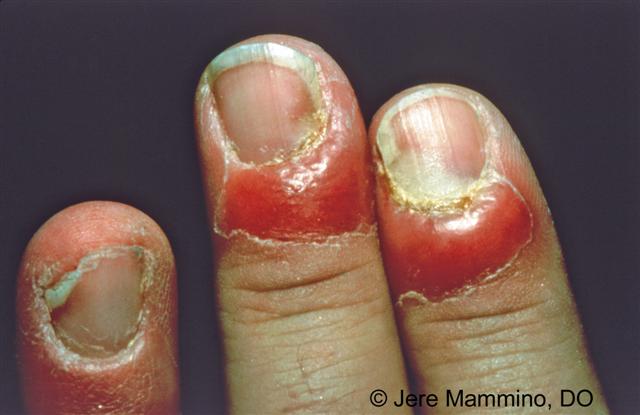
Paronychia Nail Infection American Osteopathic College Of Dermatology Aocd
Fingernail infection under nail
Fingernail infection under nail-Paronychia (pahruhNIKeeuh) is an infection of the skin around a fingernail or toenail The infected area can become swollen, red, and painful, and a pusfilled blister ( abscess) may form Most of the time, paronychia is not serious and can be treated at home In rare cases, the infection can spread to the rest of the finger or toe and leadComplications such as infection, granuloma formation and inflammation can occur if the deep splinters are left untreated Steps to Remove Splinter Under Fingernail at Home Step One Preparation Get a set of tweezers to remove the splinter under the fingernail by yourself and follow these steps of preparation




Don T Let Toenail Fungus Force Your Feet Into Hiding Town Center Foot Ankle Podiatry
A nail infection, or paronychia, is an infection of the skin that surrounds a fingernail The infected tissue can be tender and painful with swelling Paronychia is considered acute if it lasts less than 6 weeks, or chronic if it lasts longer Cleveland Clinic is a nonprofit academic medical centerFungal infections of the fingernail can cause a yellow to green nail discoloration, thick ridged nails, and fingernail pus In addition, a fungal nail infection can cause the nails to become brittle and even fall off The nails typically change shape and the finger can redden and swell Sometimes, fungal nail infections can cause pain, butThe Stages of a Nail Fungal Infection How to Spot a Nail Fungal Infection Nail fungal infection, or onychomysis, is easy to spot However, it is also easy to be mistaken for another nail disorder Yellow nails, brittle nails, or blackened nails don't necessarily mean nail fungus;
A fungal infection, called onychomycosis, usually starts on your big toe as a discolored spot and spreads to the cuticle, causing the end of your nail to riseOccasionally, infection can also begin at the cuticle and raise your nail from there Once the fungus sets sin, it causes your nails to thicken and flakeYeast Infection in the Fingernails Yeast infections are a very common occurrence in the body Yeast infections are usually seen in men and women's genitalia Although they do not appear on the nails as much as everywhere else including the skin and navel, the nails are very susceptible to nail fungusParonychia happens when the skin around the nail gets irritated or injured Germs get into the skin and cause an infection These germs can be bacteria or a fungus Often, the skin is injured because of biting, chewing, or picking at the nails It can also be caused by pulling hangnails or sucking on fingers
The answer to this question is paronychia, which is infection of the nail Any type of damage or injury occurring to the fingernail allows the bacteria to enter beneath the finger nail, which results in infection and pus under fingernail Some of the causes where the fingernail can incur damage include Biting the finger nails, washing dishes without wearing gloves or cleaningNail Infections of various types occur in about percent of the adult population worldwide To treat a nail infection naturally we need to first understand the cause of infection There are hundreds of home remedies on internet but every home remedy will not work for every nail infection and every individualPsoriasis is a skin condition where skin cells grow too quickly It can affect any part of the body, including the nails Nail psoriasis involves many parts of




Paronychia Infection Of The Finger Credit Dr P Marazzi Science Photo Download Scientific Diagram



Paronychia Healing Stages
Paronychia, commonly known as bacterial nail infection, is inflammation of the region of the finger or toe from which the nail plate originates, which is called the proximal nail fold (PNF) This inflammation may occur in the short term (acute) or may be a longterm problem or one that keeps coming back (chronic)Fungal fingernail infection happens when fungal spores get in under the fingernails and start to grow there Before long fungal hyphae (slender branching stalks of fungal growth) are wending their way back from the tip of the nail toward the cuticle, flourishing in the warm moist environment of the nail bed and deriving nourishment from theThe nail may fall off after the infection, but it usually grows back once the infection is under control If the infection is chronic, the nail itself might become thicker, discolored, or brittle Main symptoms Swelling of nail folds;




Is Toenail Fungus Contagious Neuhaus Foot Ankle Podiatry
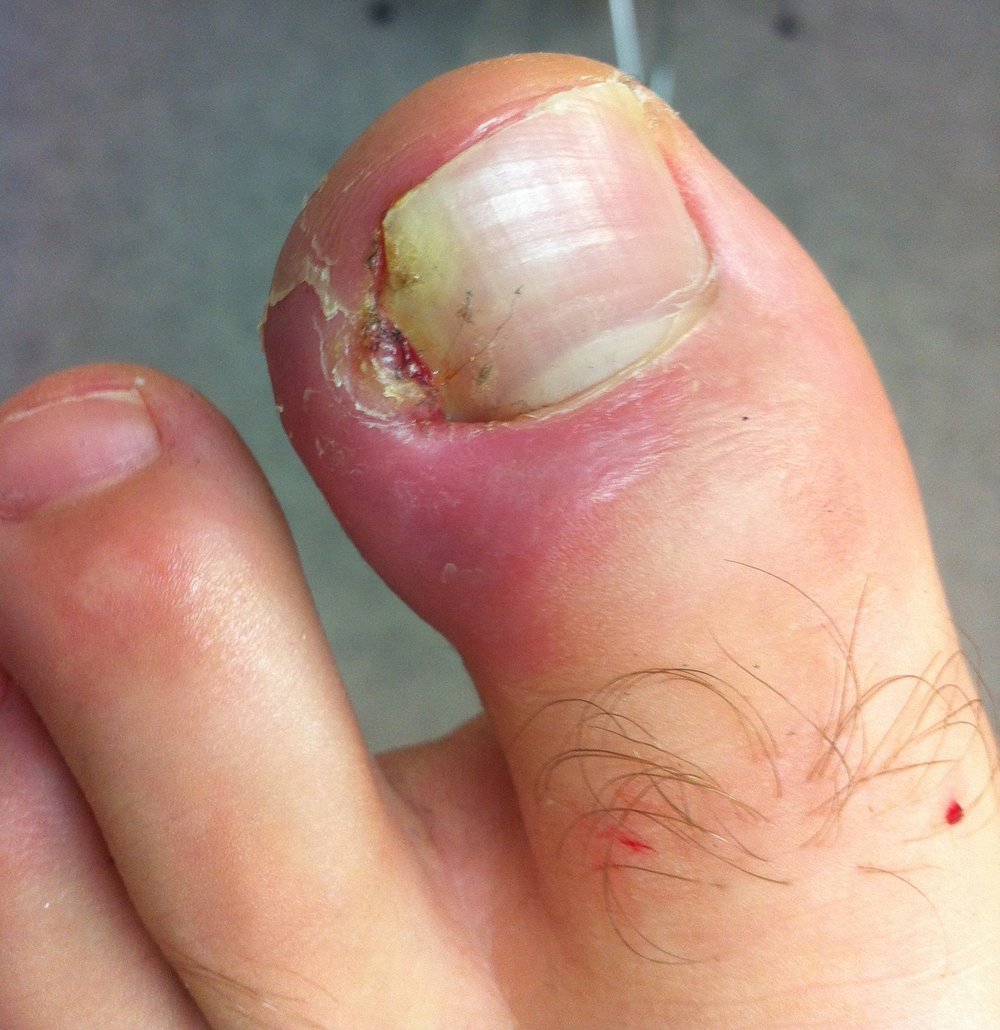



Ingrown Toenails Mackay Ingrown Toenail Clinic
Onychomycosis (tinea unguium) is a fungal infection of the nail bed, matrix or plate Toenails are affected more often than fingernails1, 2 Onychomycosis accounts for one third of integumentaryGreen nail syndrome (GNS) is an infection of the nails that leads to a greenish discoloration of nails, also known as chloronychia The green discoloration varies from bluegreen to dark green to bluishgrey Since the discoloration is underneath the nail, it will not disappear with washing or scrubbing The condition is usually confined to oneFungal infection Fungal infections, such as tinea, are spread from one person to another and can affect the fingernails or toenails Without treatment, the nail bed itself can become infected People with diabetes or with compromised immune systems are at higher risk of fungal infection
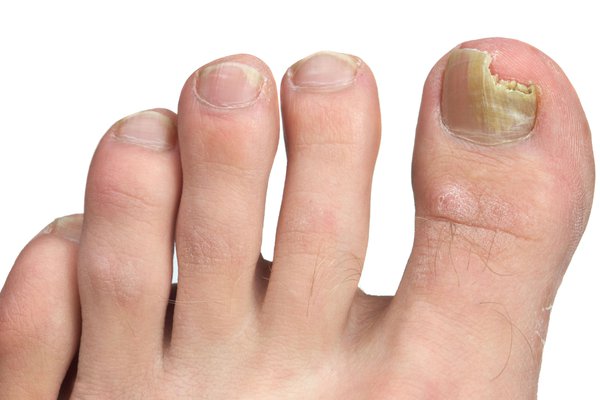



Fungal Nail Infection Nhs




9 How To Tell A Bruise Under The Toenail From Toenail Fungus Doc
Finger Infection Facts Paronychia Symptoms and signs of paronychia include redness and swelling of the area next to the fingernail Finger infection is a common problem Infection can range from mild to serious, potentially causing permanent loss ofThe ideal environment is under the fingernail How the Infection under the Nail Forms The fungus survives and multiplies under the fingernail bed and deprives the nail of its food, which then affects the health of the fingernail When the health of the finger nail deteriorates, these funguses enter in to the nail and cause all kinds of damageFungal infections tend to change the shape and appearance of the nails but rarely cause the nails to fall off Nail color and structure changes
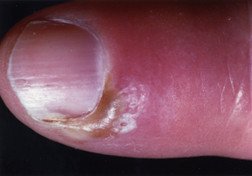



Paronychia Guide Causes Symptoms And Treatment Options
/onycholysis-onychomycosis-011e734b850f4e898cd876492844bfb5.jpg)



Causes Of A Loose Toenail Or Fingernail
They may be signs of other diseases or abnormalitiesYeast Infection in the Fingernails Home >Paronychia is an infection of the skin just next to a nail (the nail fold) The infected nail fold looks swollen, inflamed and may be tender There may also



What Causes Toenail Fungus




Paronychia Anesthesia Key
A new medication, terbinafine, is now available for the treatment of toe and finger nail fungal infections Terbinafine is taken once a day for 6 to 12 weeks This medication has less side effects than griseofulvin, but there still is the possibility of side effects A 12 week course of treatment costs $500 and has a 5070% chance of curing theSometimes, though rarely a skin irritation (dermatitis) of nail folds (the skin around the nail) as a reaction to acrylic nails components may occur This can be complicated with a bacterial infection However, the most frequent problem related to acrylic nails isFungal Nail Infection Another common infection that is seen by hand surgeons is a fungal infection of the nail plate The infection is actually under the nail, in the subungual region These are called onychomycosis, or chronic fungal infection
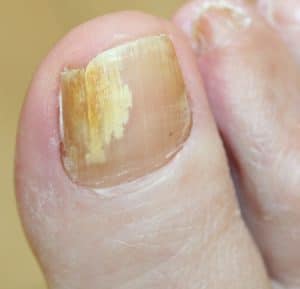



Infected Toenail A Guide To Help Tell What Type Of Infection You Have
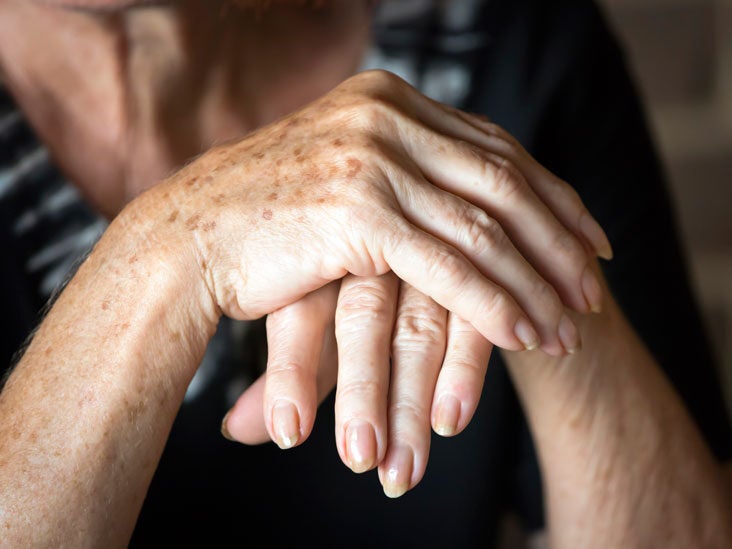



Paronychia Causes Symptoms And Diagnosis
A fungal nail infection may not cause any obvious symptoms at first As it progresses, the infection can cause discolouration of the nail – it may turn white, black, yellow or green thickening and distortion of the nail – it may become an unusual shape orParonychia Treatment 1 Protect Nail Do not remove any part of the nail If an artificial nail is on an infected finger, remove it 2 Reduce Pain and Swelling Soak the affected foot or hand 3 to 4 times daily for minutes inantiseptic solution of 3 When to See a Doctor Symptoms don'tNail infection is also known as paronychia It is an infection of the nail bed and the areas surrounding the toenail or fingernail It is a common nail condition and if not treated, it may spread to the whole figure or toe There are two types of paronychia as named below Acute paronychia
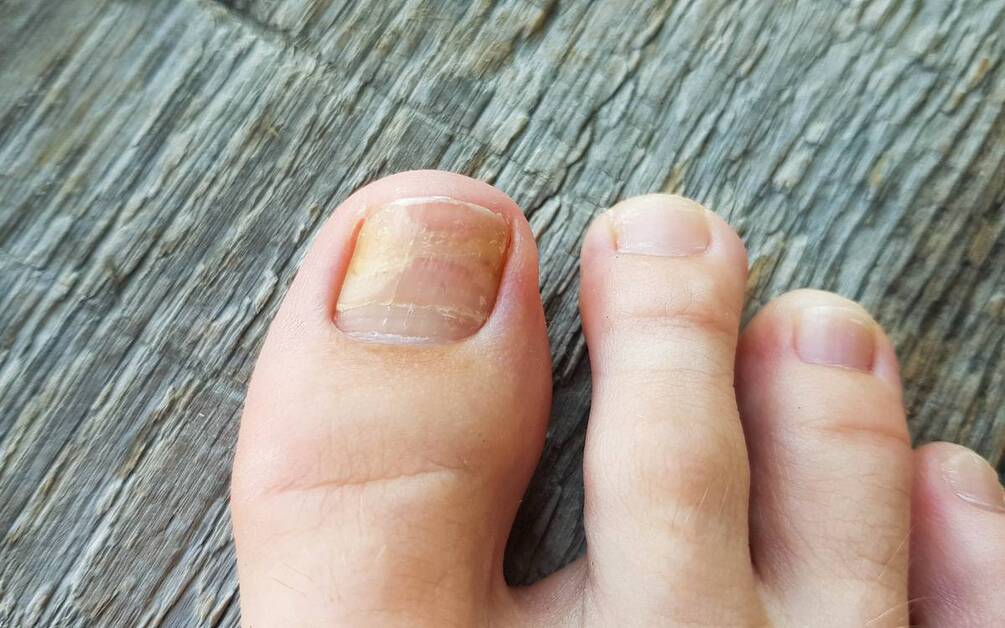



What Are The Best Toenail Fungus Treatments Scripps Health
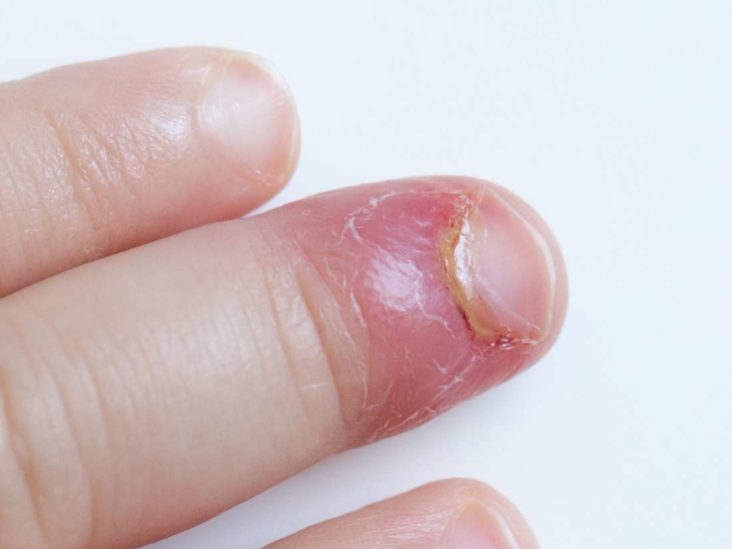



Paronychia Causes And Treatment Of An Infected Nail
Infection can develop in the gap that forms between the two nails, especially if the artificial nail is reglued before a thorough cleaning Fungal nail infection This can occur when moisture collects under acrylic nails It is more common with nails that are left on for 3 months or longerSoak the infected finger in hot water mixed with a teaspoon of salt This will help the skin to widen and the pores to open, so that draining the pus will be easier Pat dry the finger once you are done Press the part of pusfilled infection to let the pus outNail changes including thickening, discoloration, and brittleness;
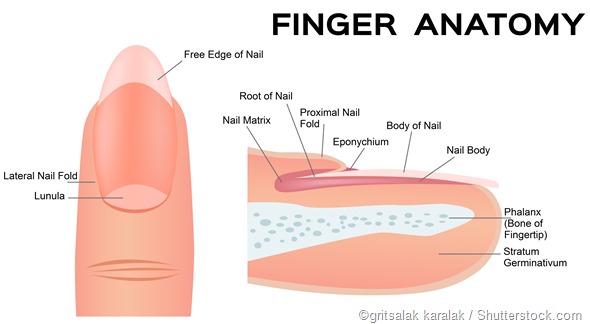



What Are Nail Fold Infections Paronychia
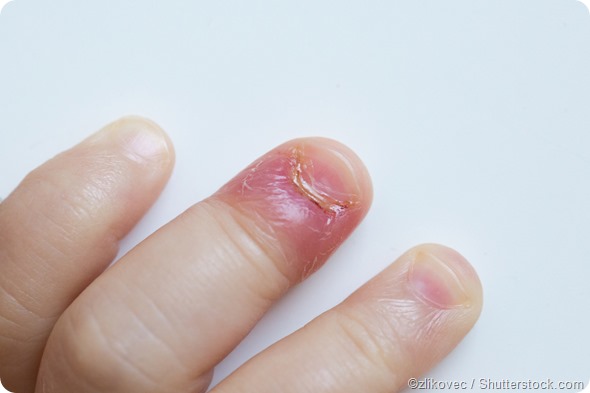



What Are Nail Fold Infections Paronychia
Paronychia A paronychia is an infection of the finger that involves the tissue at the edges of the fingernail This infection is usually superficialIntroduction Pseudomonas aeruginosa is the most prevalent pathogen of bacterial nail infections Green nail syndrome (GNS) is characterized by greenish chromonychia caused by pyocyanin, a metabolite produced by P aeruginosaGNS is usually restricted to one or two nails 2, 3Predisposing factors are onychomycoses, nail diseases, working in wet conditions, diabetes




Paronychia Causes Symptoms And Diagnosis
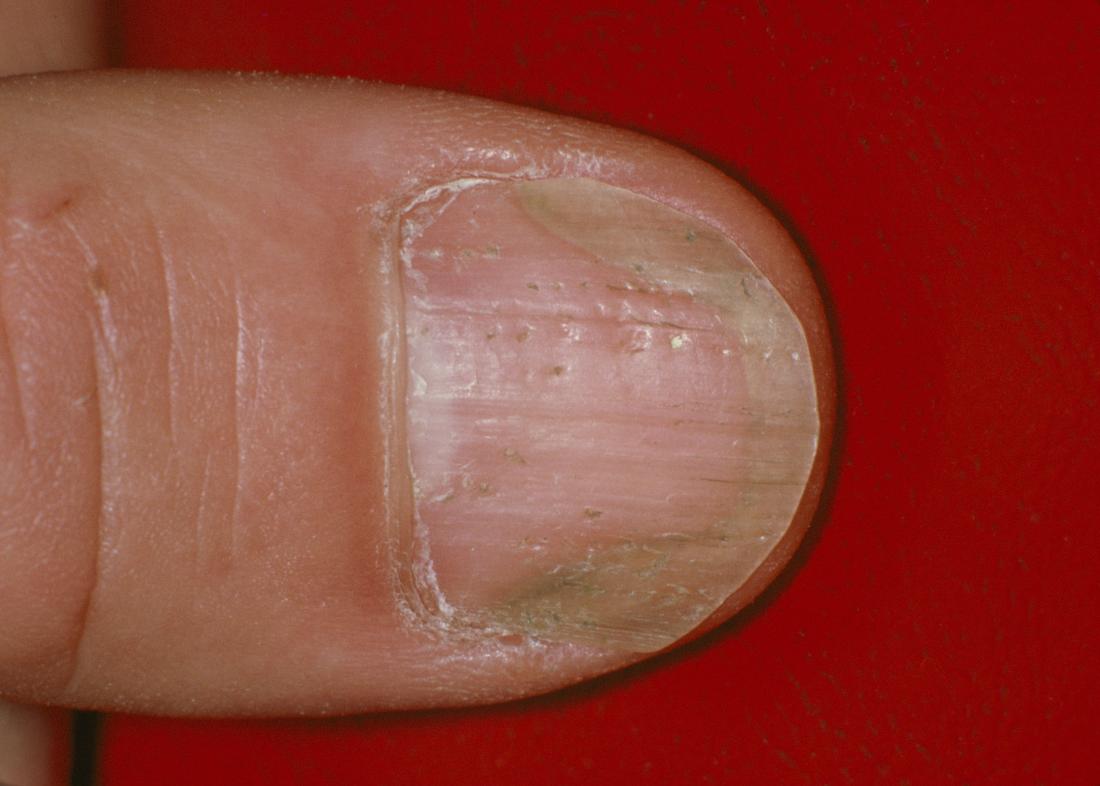



Nail Psoriasis Or Fungus Differences Symptoms And Outlook
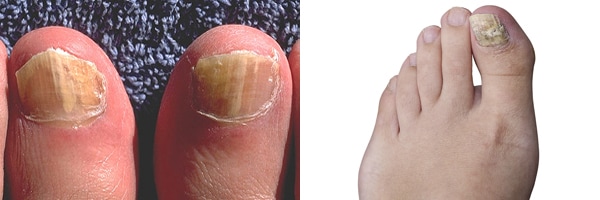



Fungal Nail Infections Fungal Diseases Cdc
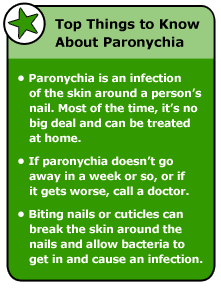



Paronychia Bacterial Viral Infections
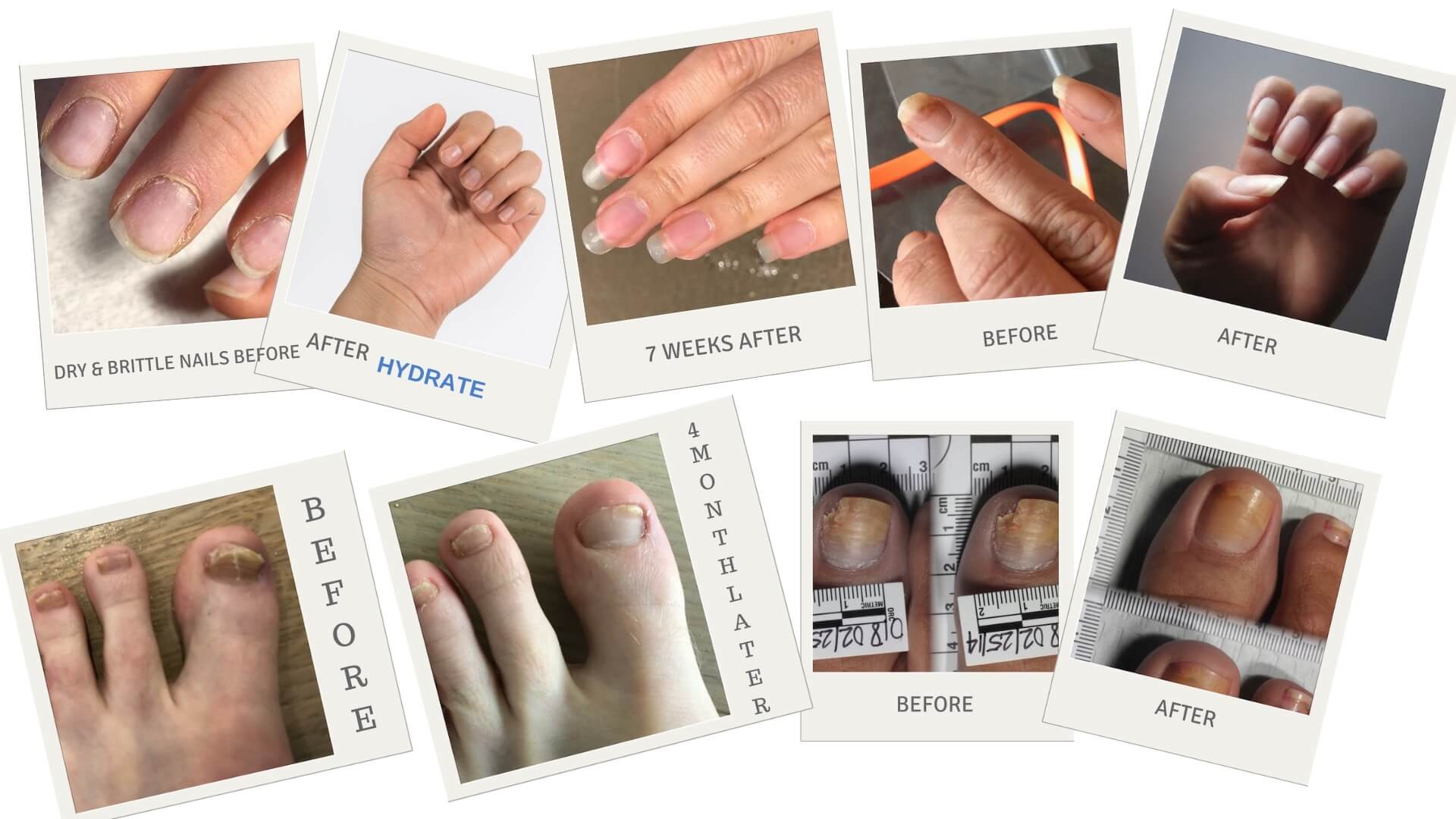



Is Nail Fungus Contagious Preventing Toenail Fingernail Fungus
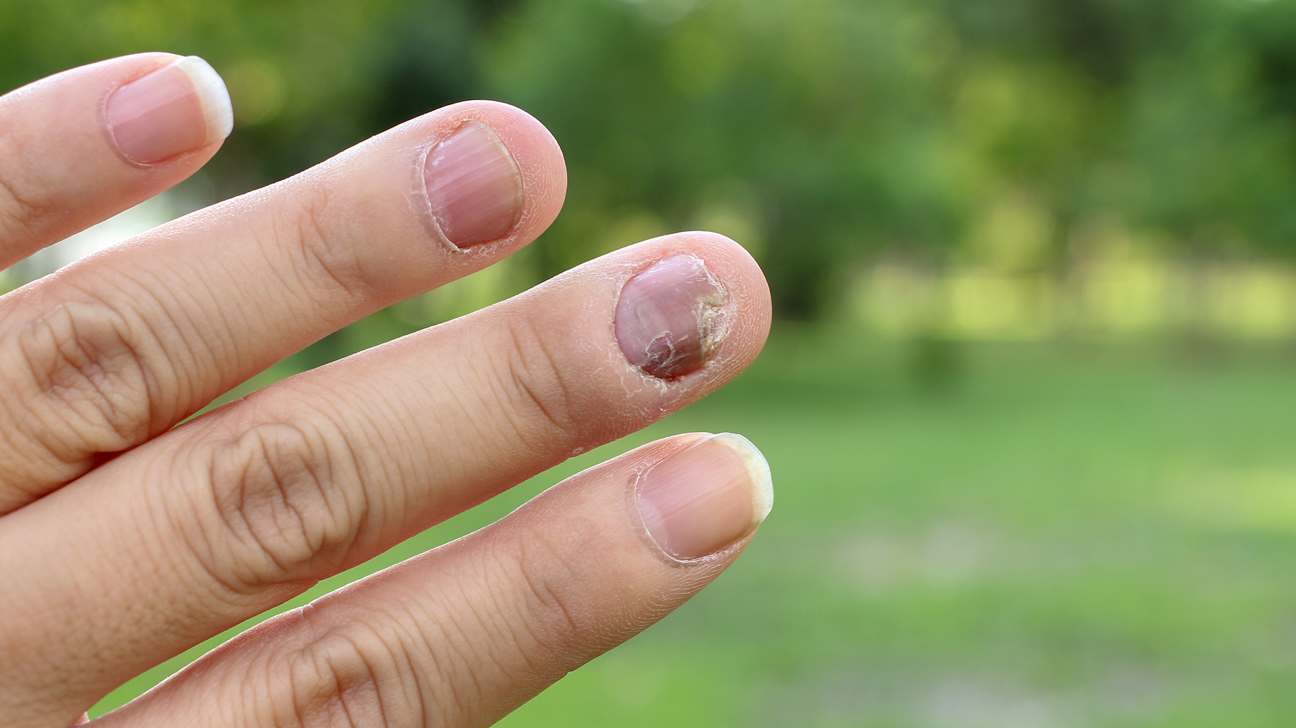



Nail Psoriasis Vs Fungus Learn The Signs
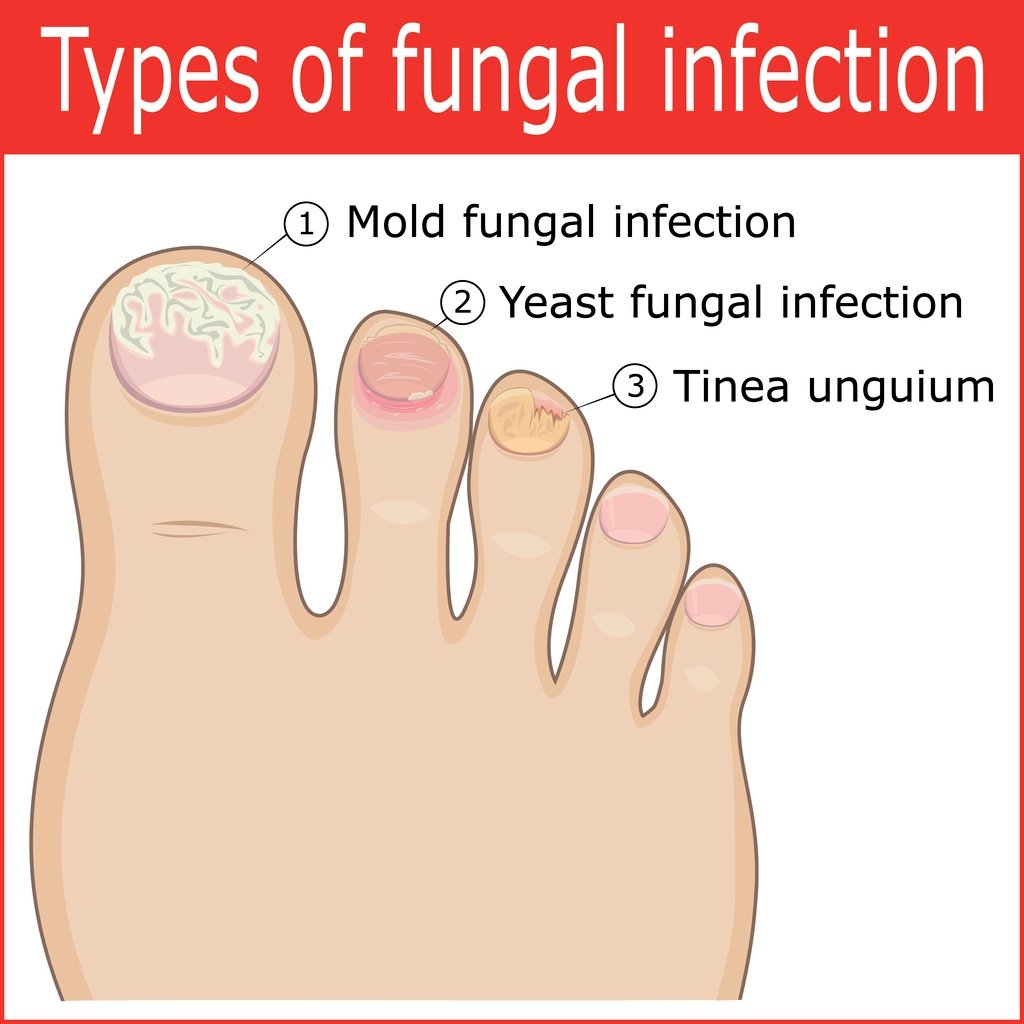



Cure Toenail Pain From Fungus Infection




Vicks Vapor Rub Toenail Fungus Foot Doctor Shares Secret Remedy
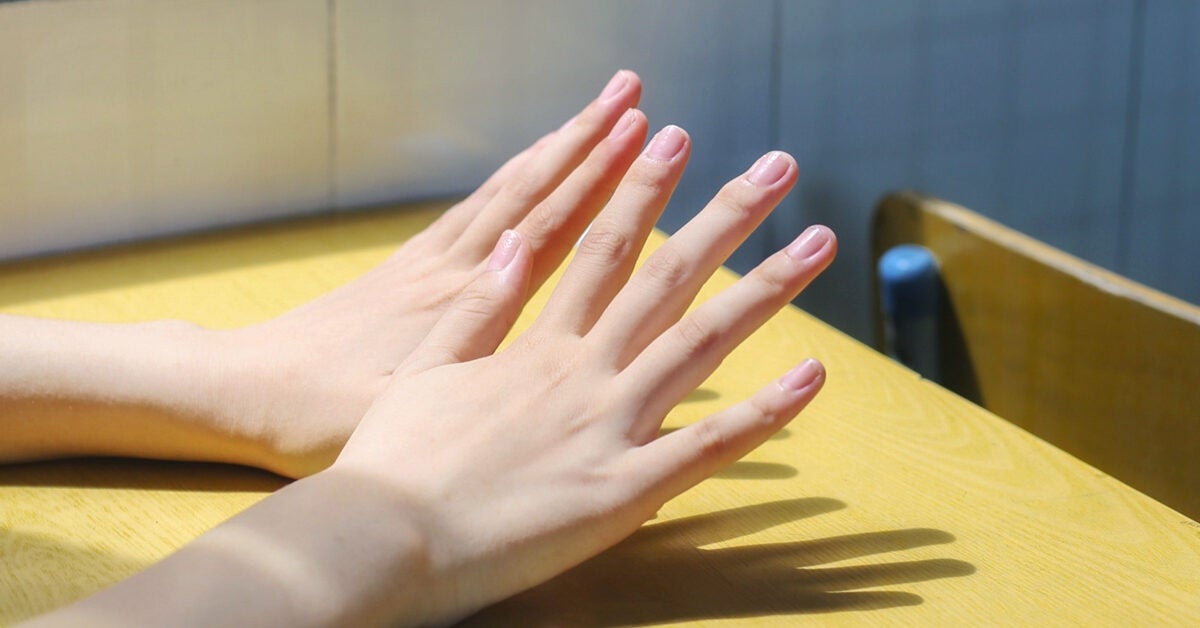



Nail Psoriasis Vs Fungus Learn The Signs




Acute And Chronic Paronychia American Family Physician
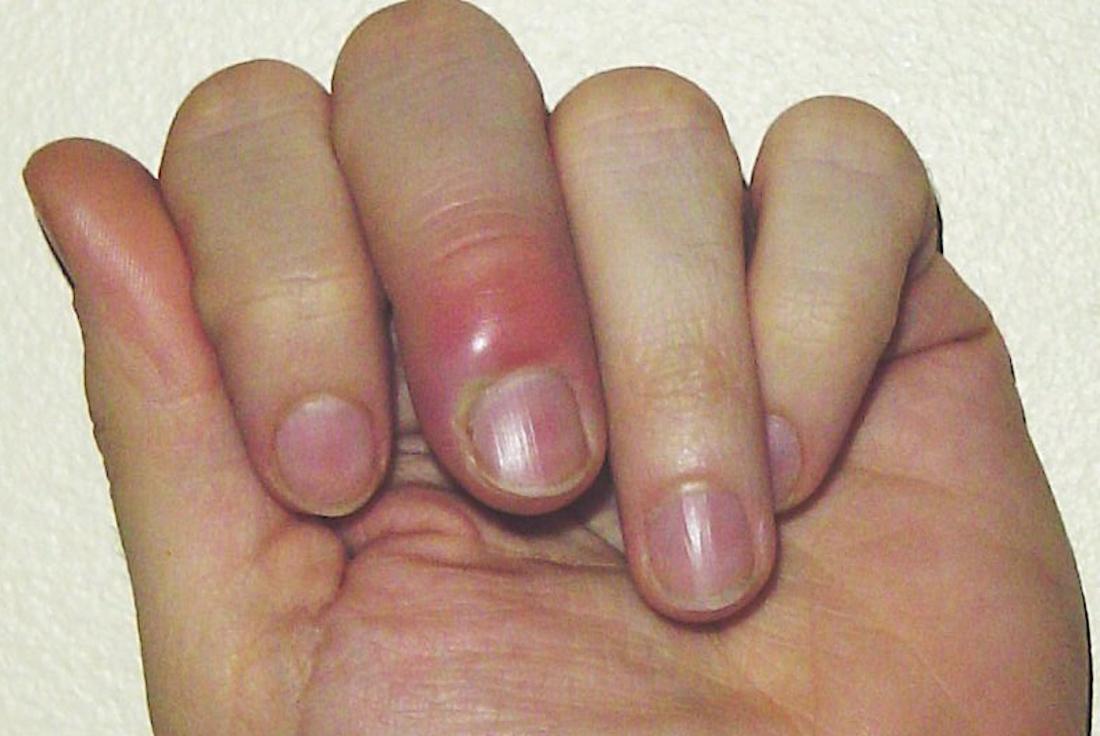



Paronychia Causes And Treatment Of An Infected Nail




Paronychia Swollen Finger With Fingernail Bed Inflammation Due To Bacterial Infection On A Toddlers Hand Stock Photo Download Image Now Istock



Side Of




Chronic Paronychia What You Should Know American Family Physician
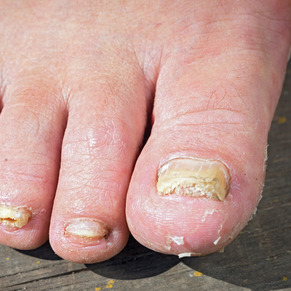



Fungal Nail Infections Health Navigator Nz




Paronychia Information Mount Sinai New York
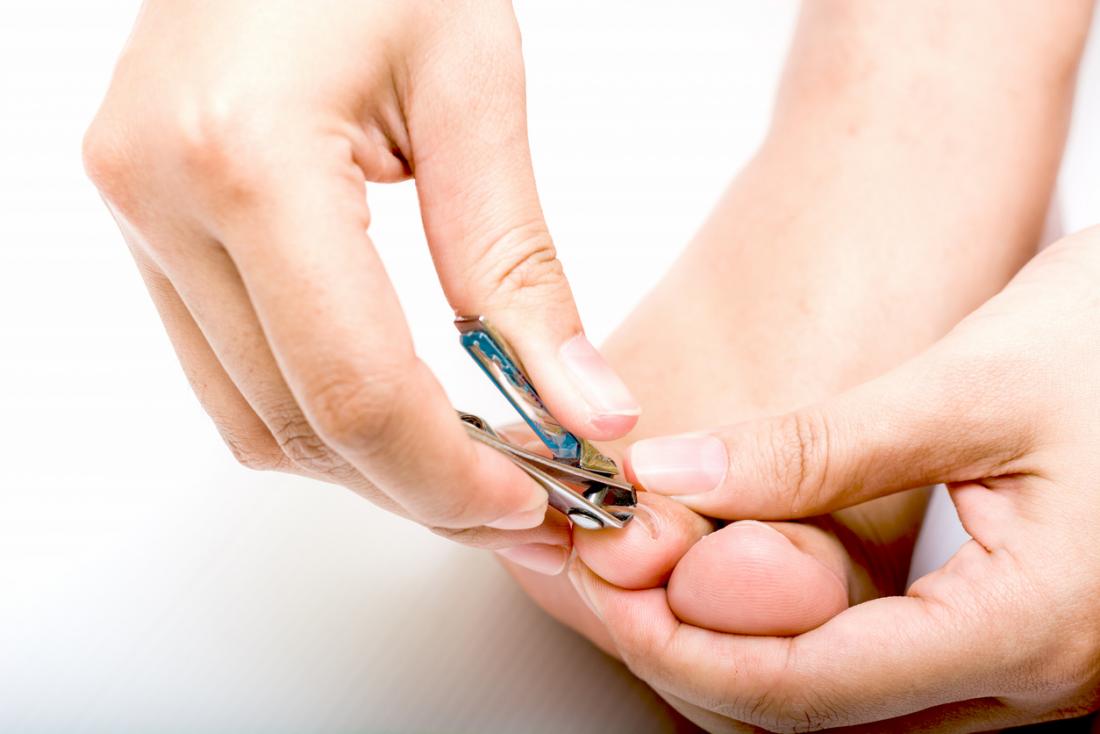



Nail Fungal Infection Causes Treatment And Symptoms



3




What Is Toenail Fungus Common Foot Aliaments Dr K Naftulin




How To Diagnose Toenail Fungus Toenail Fungus Infections
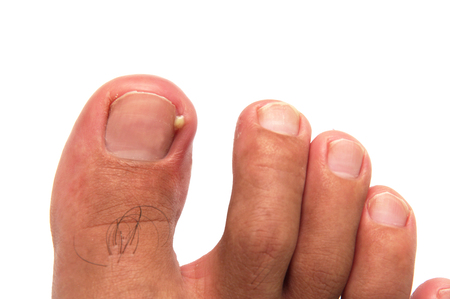



What Is Paronychia Syracuse Podiatry Dr Ryan D Amico




Pin On No More Nail Nasties




Nail Bed Infection Treatment Healing Time Symptoms Pictures




Fungal Nail Infection The Bmj




Don T Let Toenail Fungus Force Your Feet Into Hiding Town Center Foot Ankle Podiatry
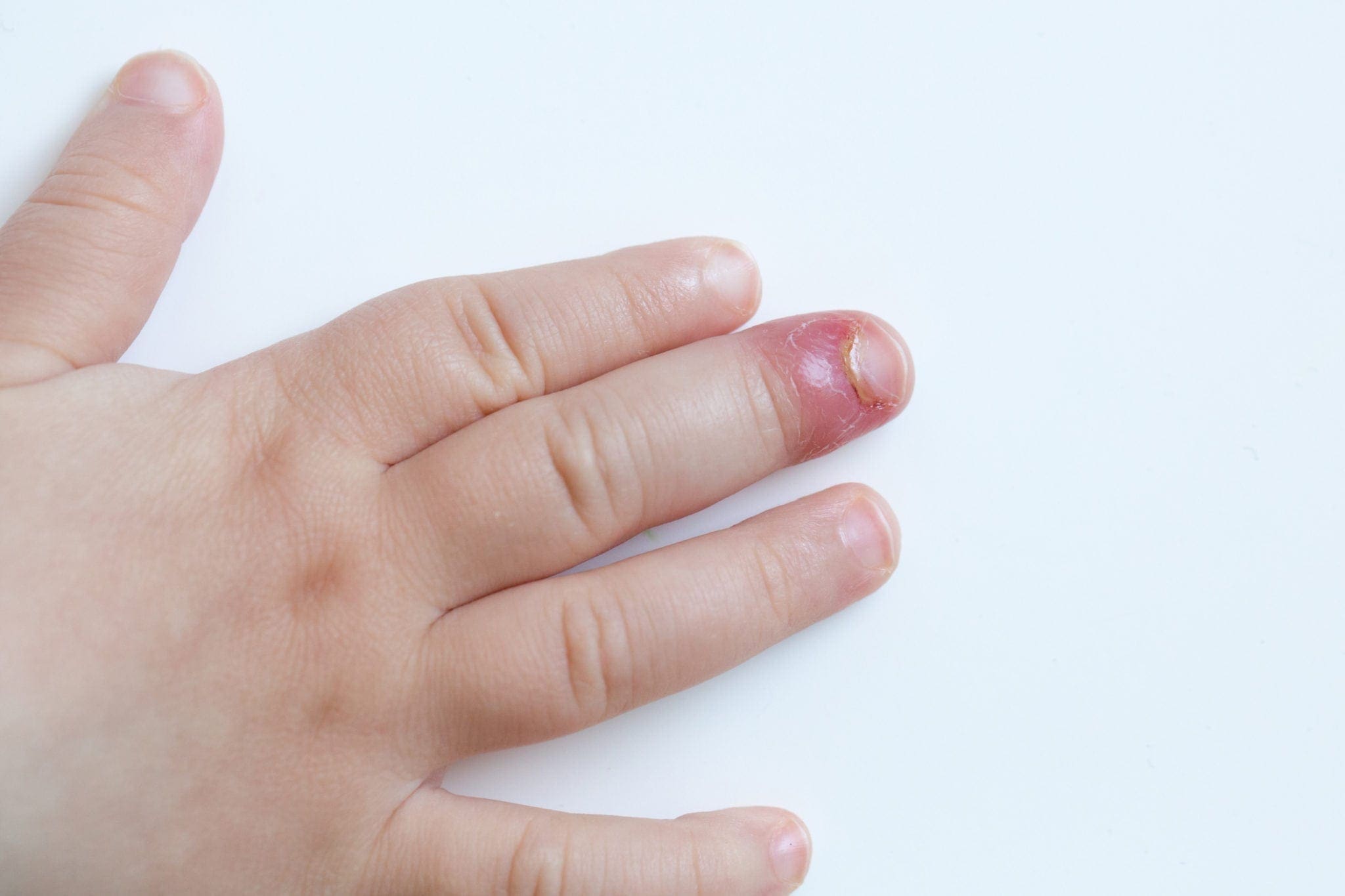



Paronychia Skin Infection Acute And Chronic Familydoctor Org




Is It Toenail Fungus Or Something Else Everyday Health




Paronychia Nail Infection American Osteopathic College Of Dermatology Aocd




Paronychia Everything You Need To Know Dr Nabil Ebraheim Youtube
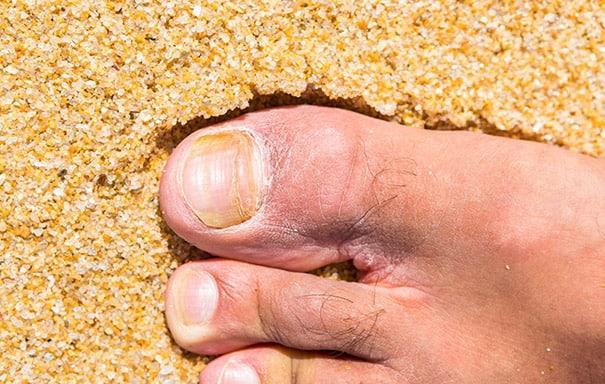



12 Warning Signs Of An Infected Toenail Lasante Health Center Multi Specialty Health Clinic




How To Get Rid Of Toenail Fungus With Laser Feet For Life Podiatry Foot Doctor In St Louis And Chesterfield Mo
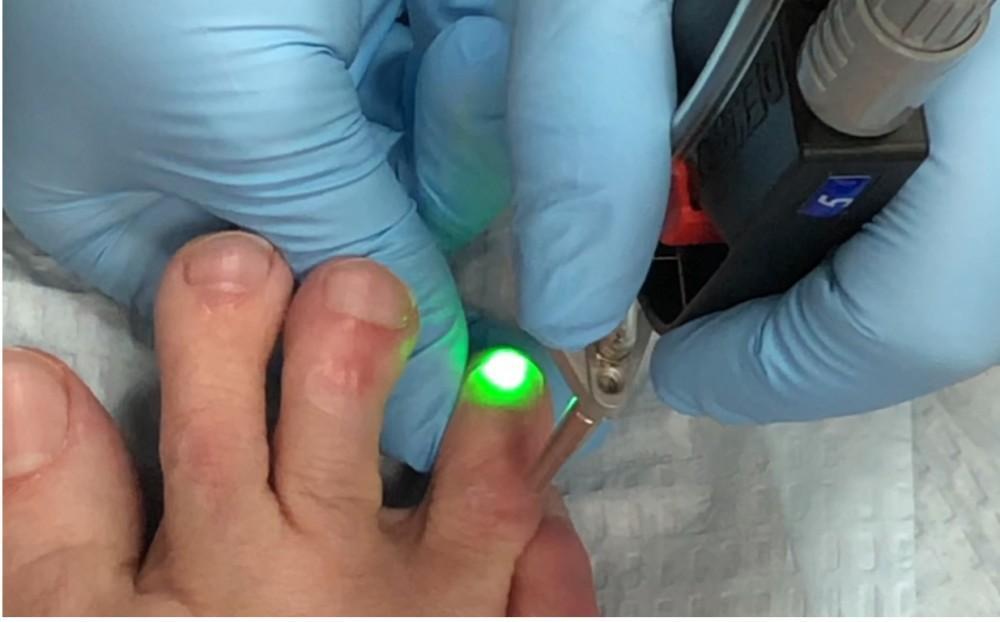



Fingernail And Toenail Fungus Infection Treatment Revive Medical Spa Medical Spa




Fungal Nail Infection Treatment Causes Medications Picture
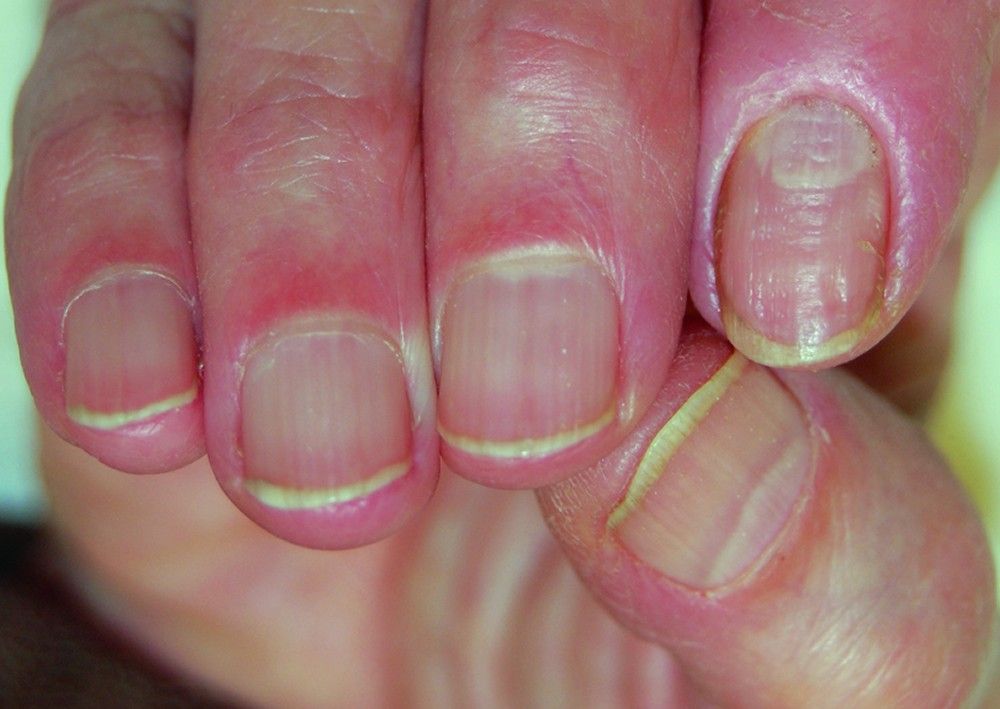



Chronic Paronychia Dermatologic Disorders Merck Manuals Professional Edition




How To Treat Fungal Nail Effectively The Pharmaceutical Journal




What To Do For Nail Infections Paronychia Treatment
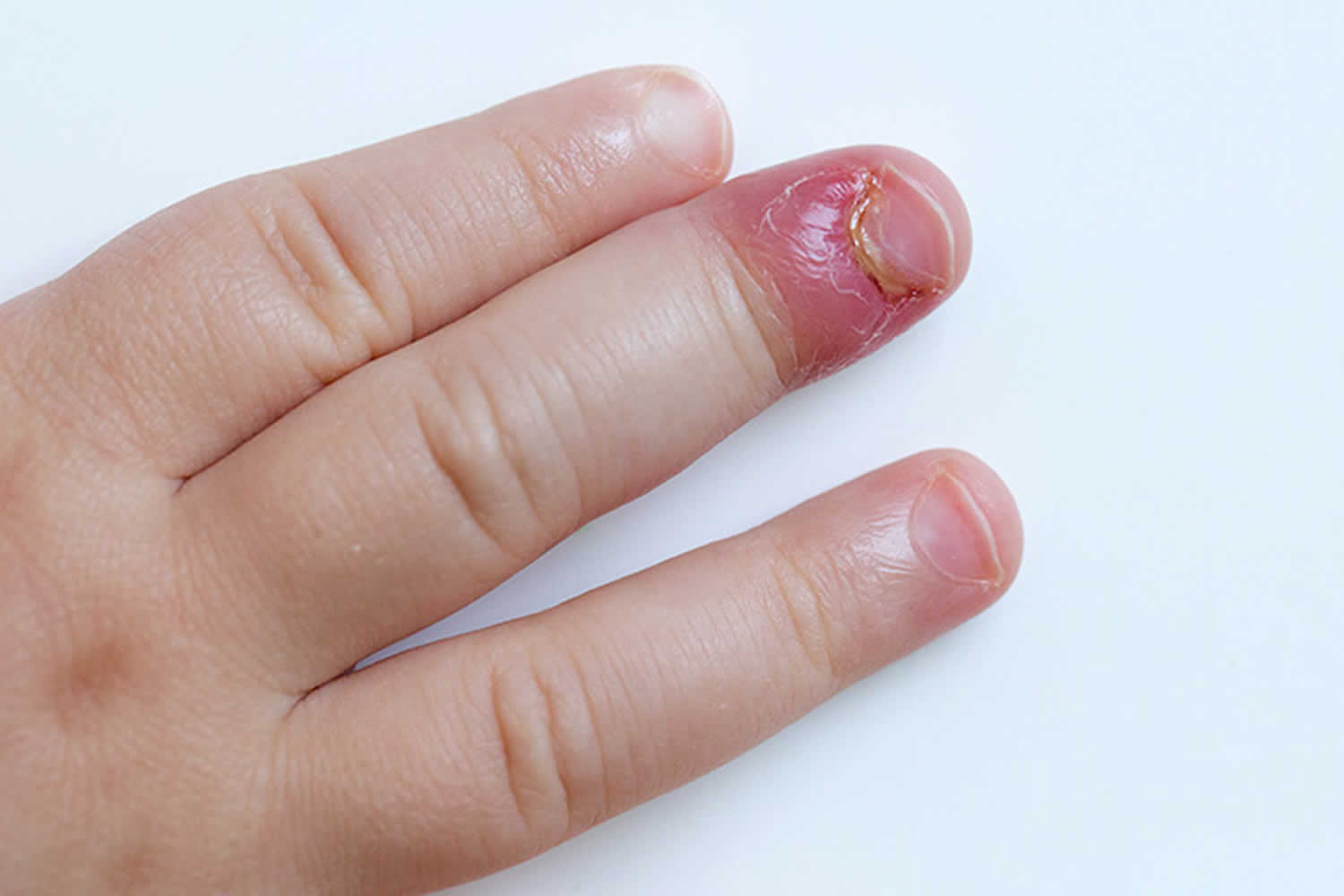



Acute And Chronic Paronychia Causes Prevention Paronychia Treatment




Toenail Fungus Pictures Treatment Home Remedies Medication




10ml Fungal Nail Fungus Treatment Feet Care Essence Toe Nail Fungus Anti Infection Paronychia Onychomycosis Solution Foot Care Foot Care Tool Aliexpress
/GettyImages-1158551410-beafd5e19cc24832be470c3245dd3c2e.jpg)



Skin Infection Around Fingernails And Toenails




Paronychia Wikipedia



1
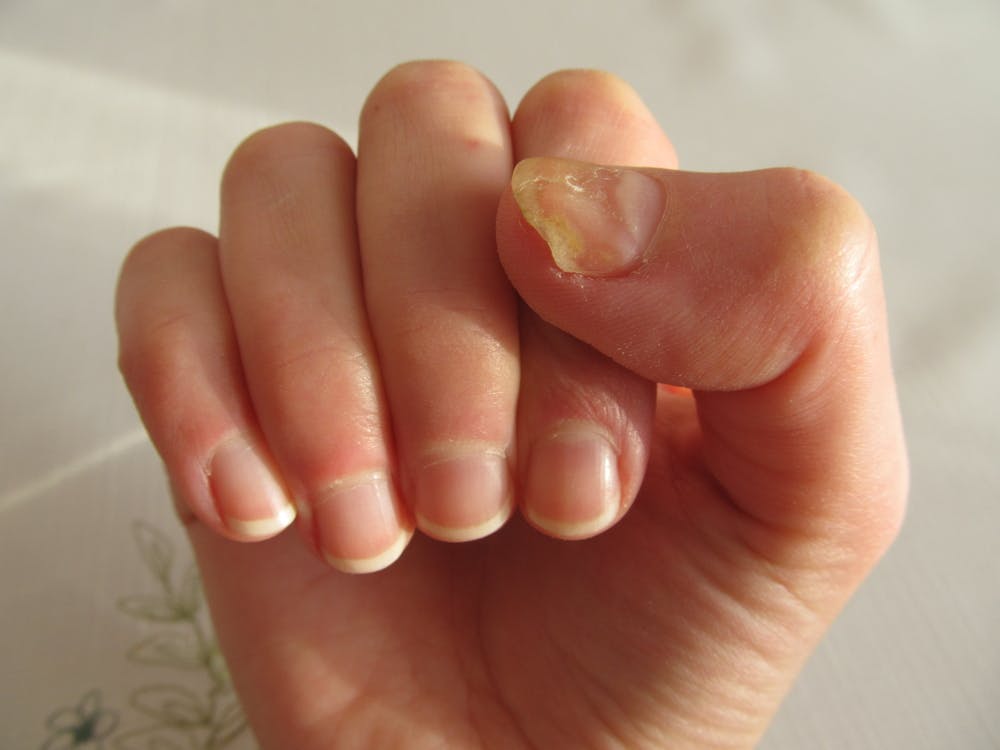



Explainer Why Do We Get Fungal Nail Infections And How Can We Treat Them
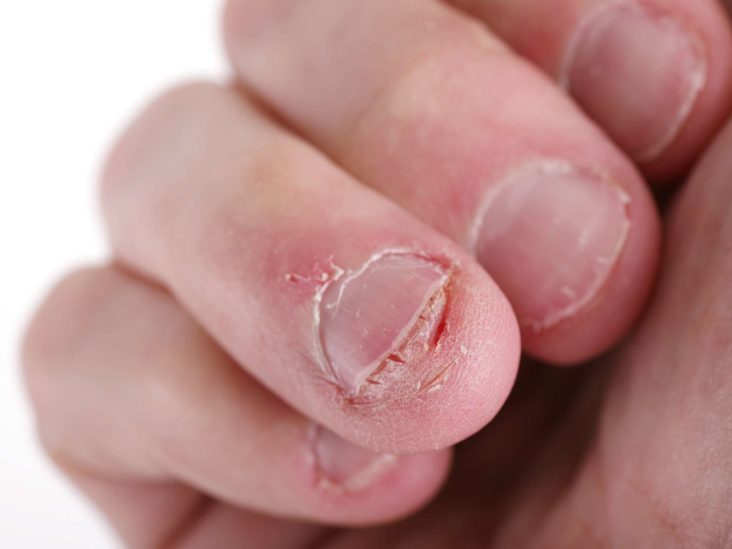



Paronychia Causes And Treatment Of An Infected Nail




How To Prevent And Treat Ingrown Toenails Cleveland Clinic



Paronychia In A Neonate Pediatrics




Why Do My Nails Hurt Causes Symptoms Treatments
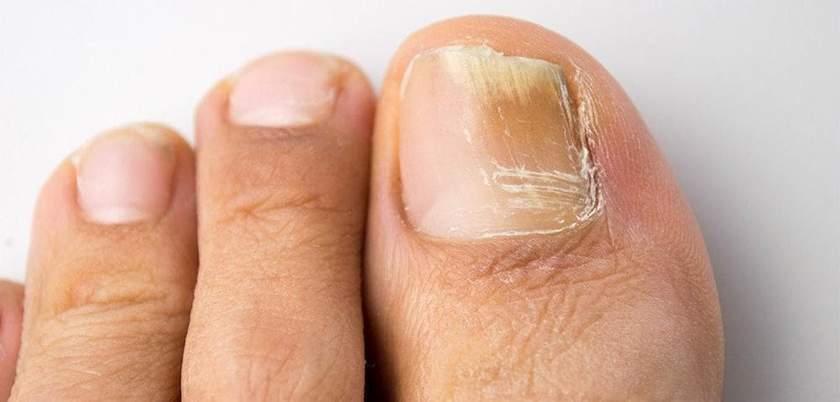



Fungal Toenails Mackay Ingrown Toenail Clinic
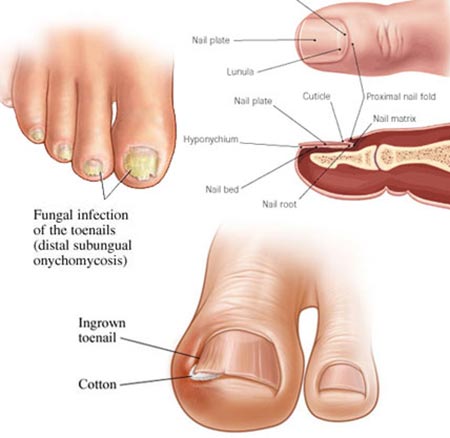



Toenail Fungus Treatment In Nyc Manhattan Foot Specialists
:max_bytes(150000):strip_icc()/GettyImages-182688366-5962e8403df78cdc68bb2367.jpg)



How Fungal Nail Infections Are Treated And Diagnosed




Worst Nail Infections Of All Time Paronychia Youtube




7 Nail Symptoms And Conditions You Shouldn T Ignore Today
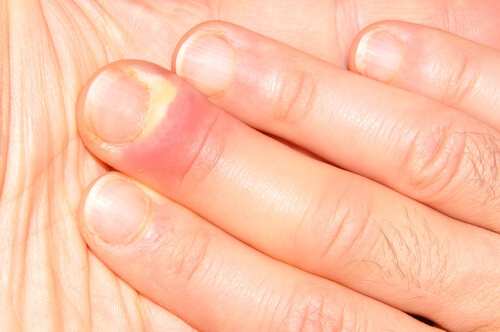



14 Signs Your Nails Are Infected With Paronychia




What You Need To Know About Toenail Infections Gotham Footcare Podiatrists




An Atlas Of Nail Disorders Part 1 Consultant360
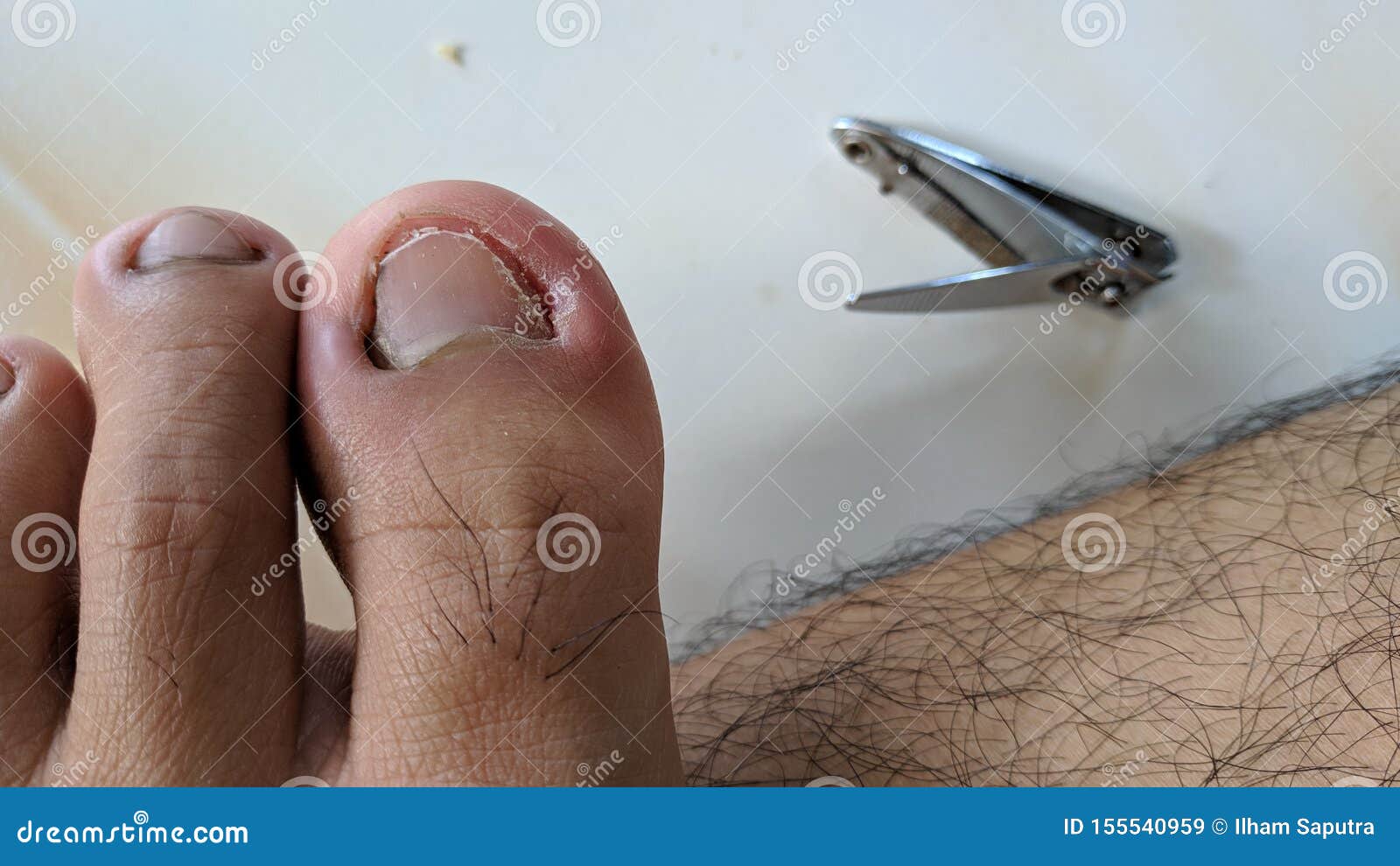



Fungal Nail Infection Paronychia Is An Infection Of The Tissue Adjacent To A Nail Stock Image Image Of Fungus Care
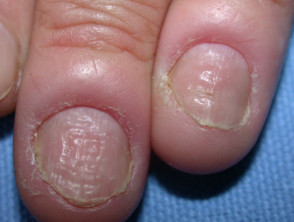



Paronychia Dermnet Nz




Paronychia Infection Of The Skin Medial And Inferior Grepmed




Fungal Nail Infection Nhs
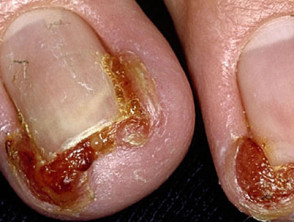



Paronychia Dermnet Nz
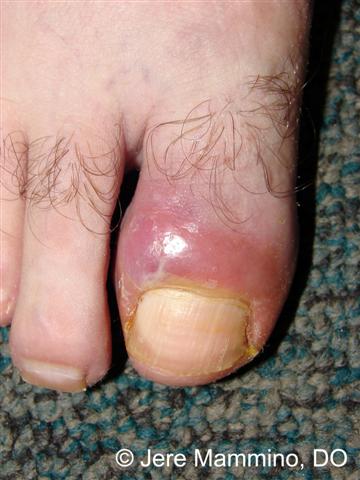



Paronychia Nail Infection American Osteopathic College Of Dermatology Aocd
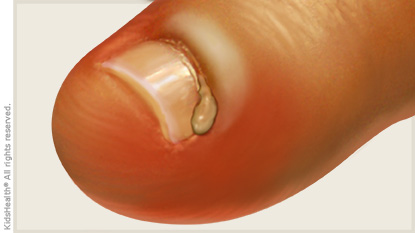



Paronychia For Parents Nemours Kidshealth
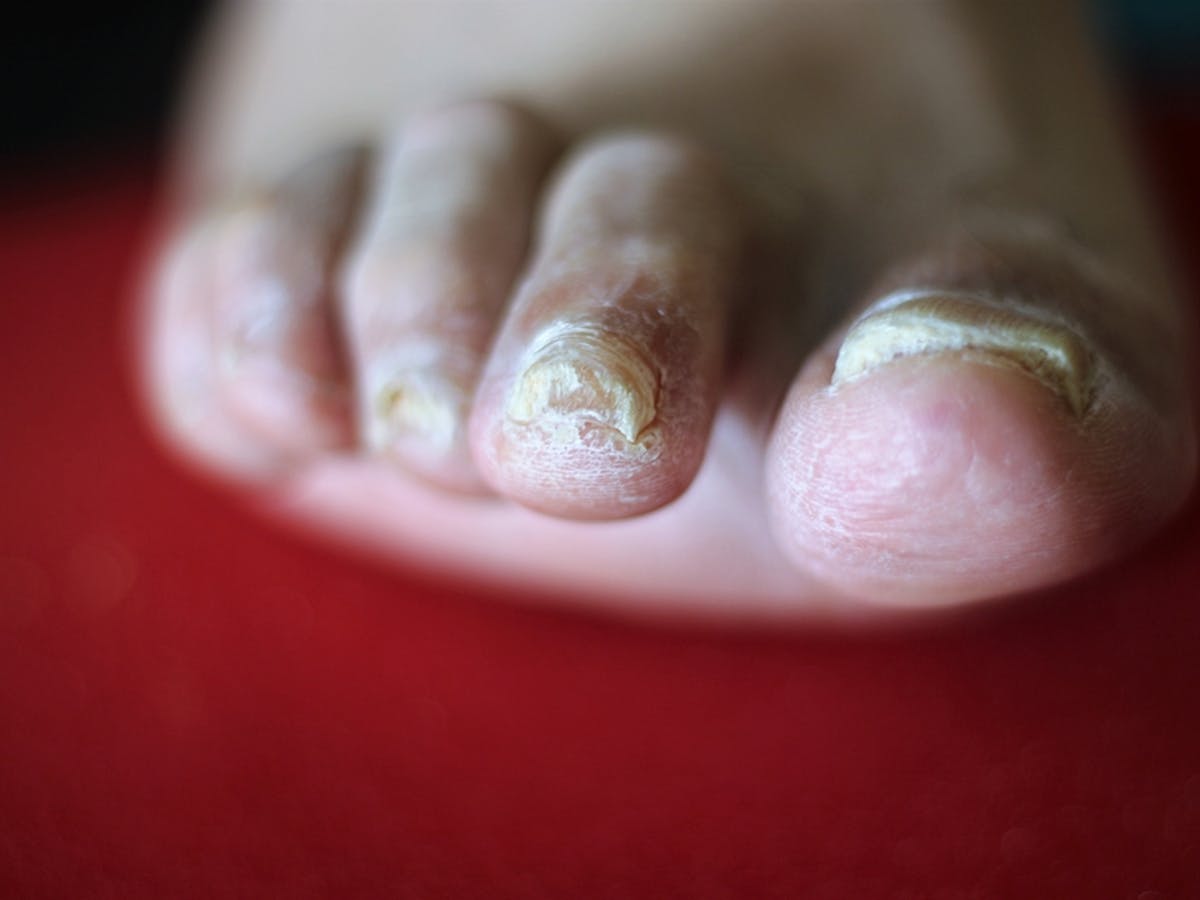



Explainer Why Do We Get Fungal Nail Infections And How Can We Treat Them
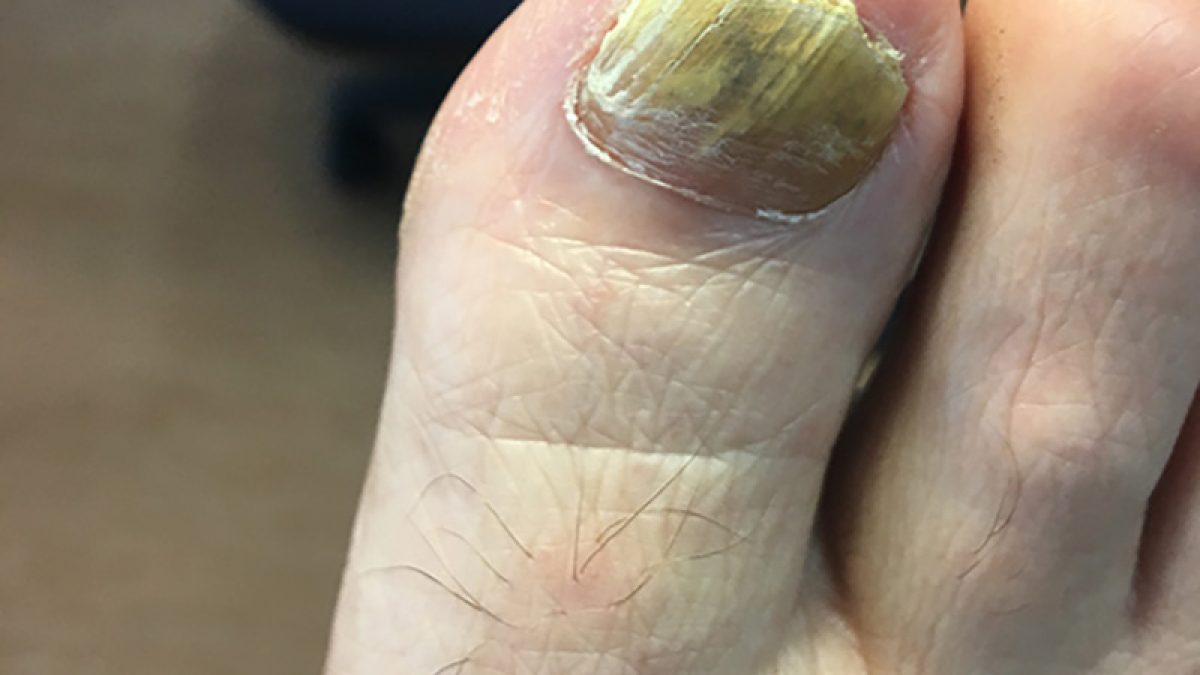



Fungal Nail Infection Causes Symptoms And Treatment




Prevention And Treatment Of Toenail Fungus Everyday Health
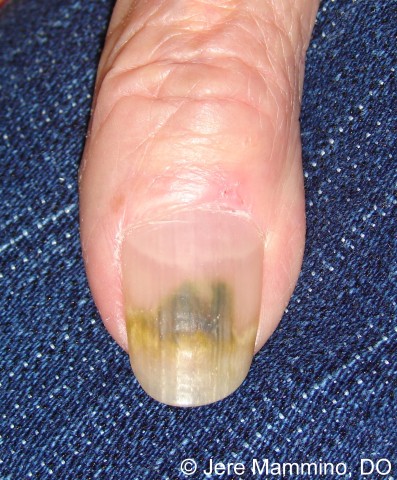



Green Nail Syndrome American Osteopathic College Of Dermatology Aocd
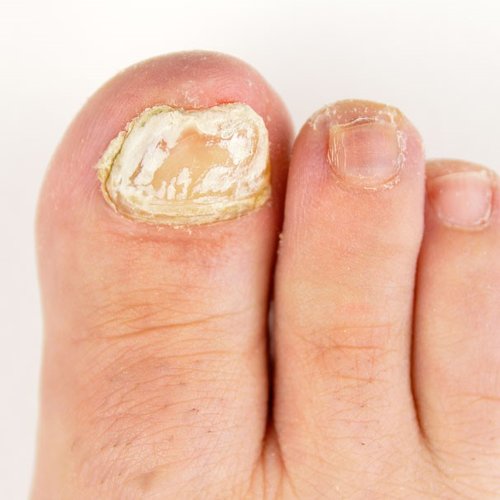



Fungal Toenails Mackay Ingrown Toenail Clinic



Onychomycosis Wikipedia




Learn More About What S Going On Beneath The Nail Nail Disorders Ingrown Toe Nail Nail Health




Girl S Nail Biting Infection Nearly Leads To Fingertip Amputation Health Com
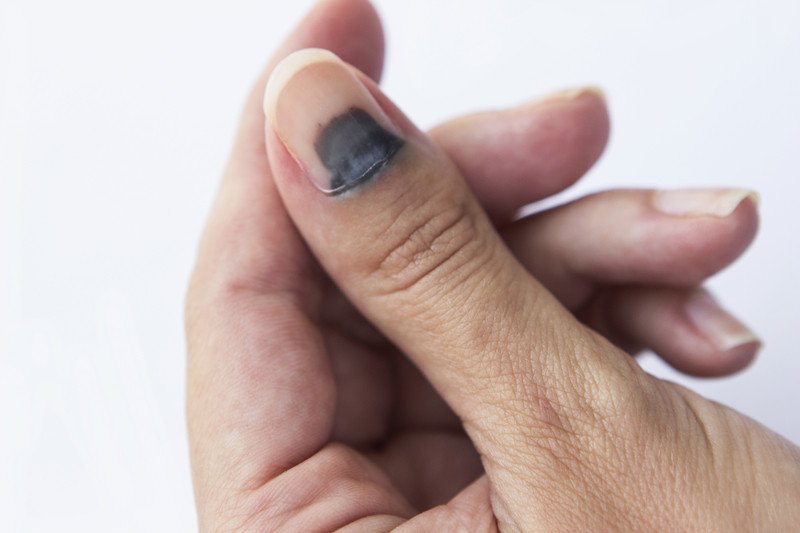



Nail Trauma Guide Causes Symptoms And Treatment Options
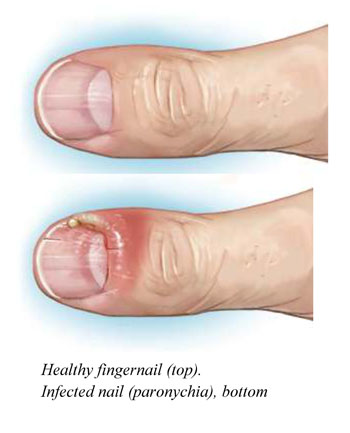



Paronychia Nail Infection What Is It Symptoms Causes And Treatment
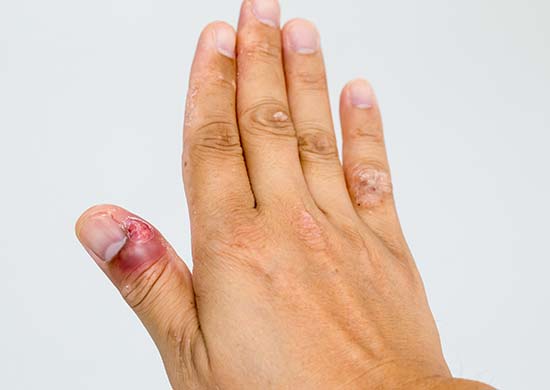



Toenail Infection Fingernail Infection Raising Children Network




11 Tips To Avoid Toenail Fungus Easy To Catch Hard To Kill Whyy




7 Effective Toenail Fungus Treatments Best Natural Home Remedies
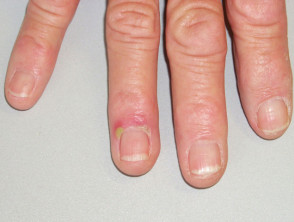



Paronychia Dermnet Nz
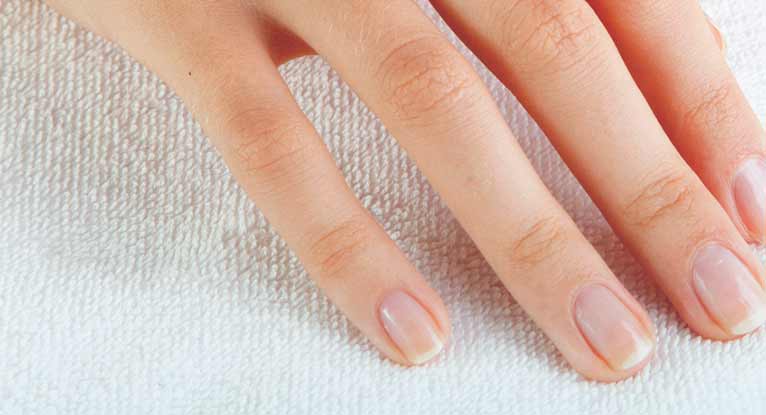



White Spots On The Nails Causes And More
/GettyImages-11585515251-b7f776ee60fd4cc192dfdc790a70e75d.jpg)



Paronychia Symptoms Causes Diagnosis And Treatment




Artificial Nails Types Problems And Treatments




How To Drain A Finger Paronychia Medmastery




Fungal Nail Infection Infected Finger Nail Familydoctor Org
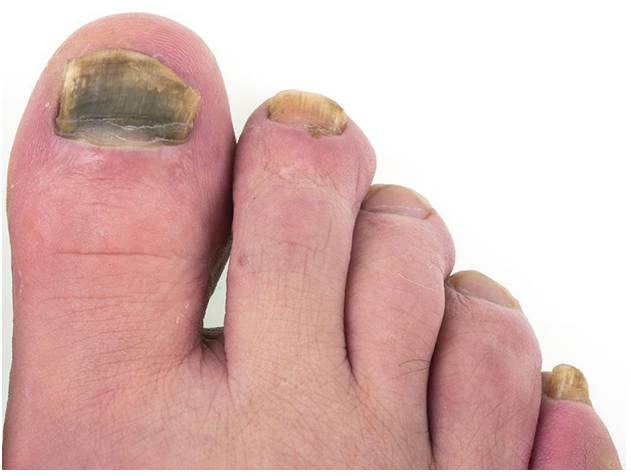



Toenail Fungus Archives Deniel Foot And Ankle Center Ejodamen B Shobowale Dpm
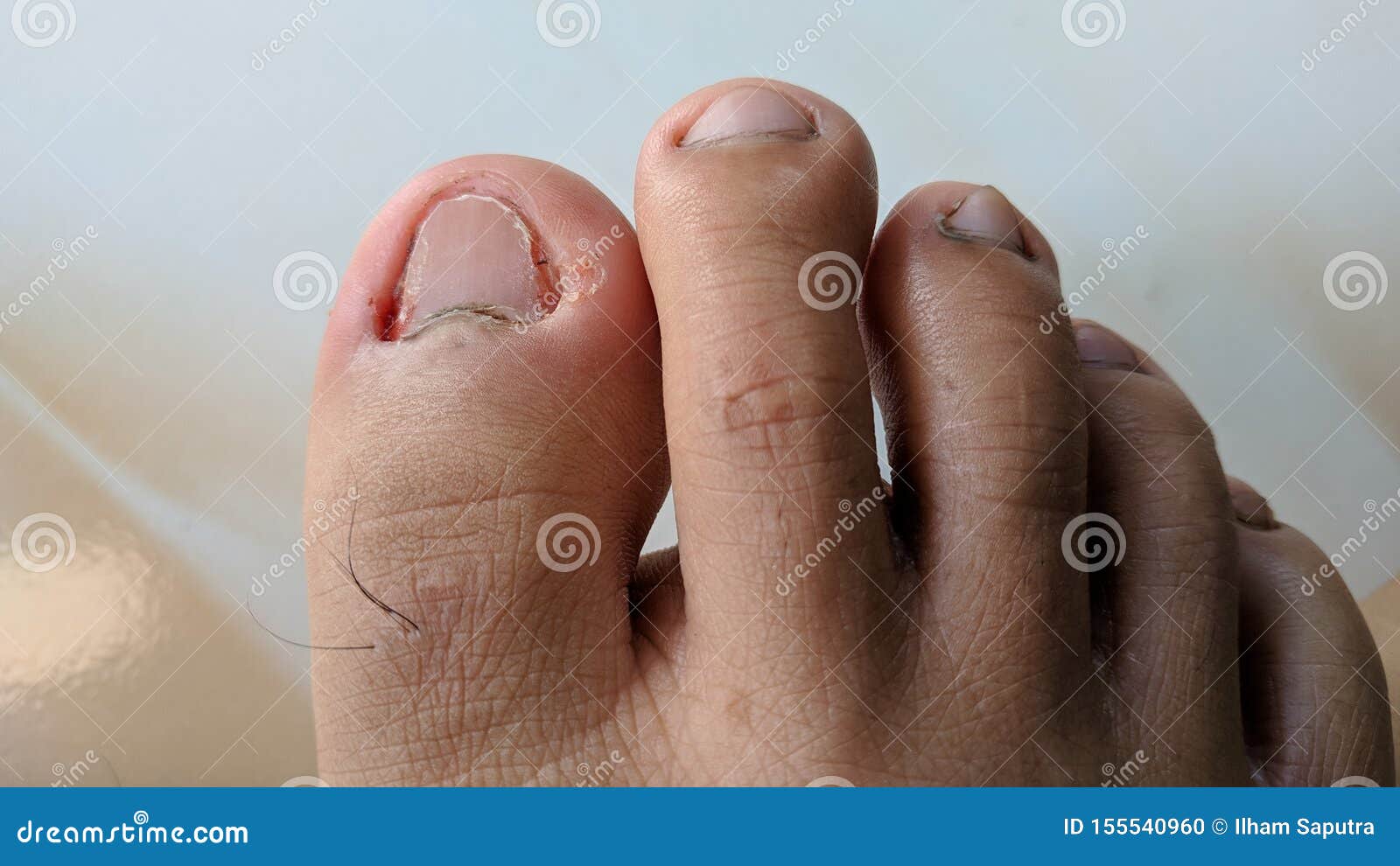



Fungal Nail Infection Paronychia Is An Infection Of The Tissue Adjacent To A Nail Stock Photo Image Of Growth Fungus
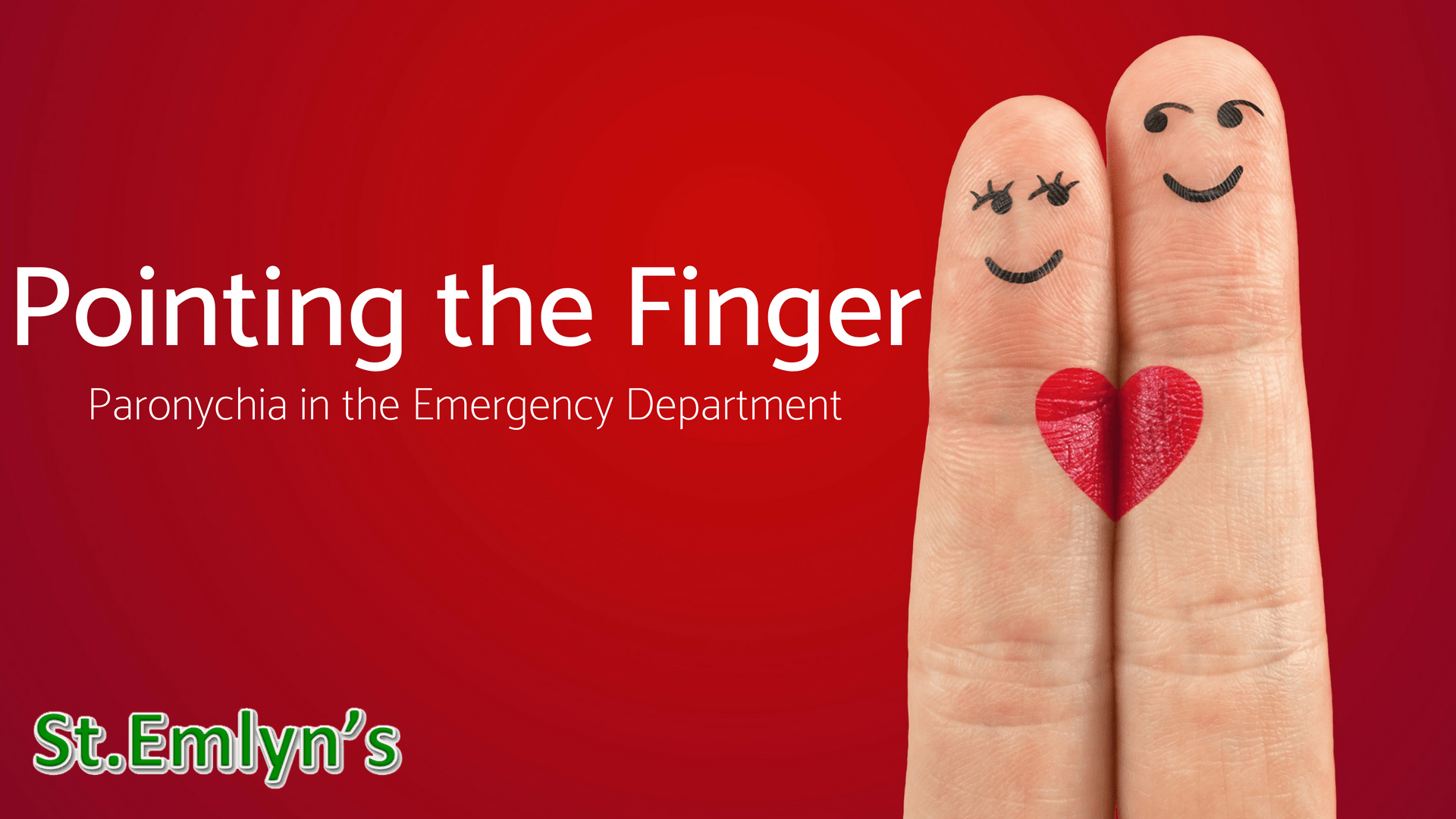



Pointing The Finger Paronychia In The Emergency Department St Emlyn S




How Long Does A Fungal Toenail Infection Last Do Tobell
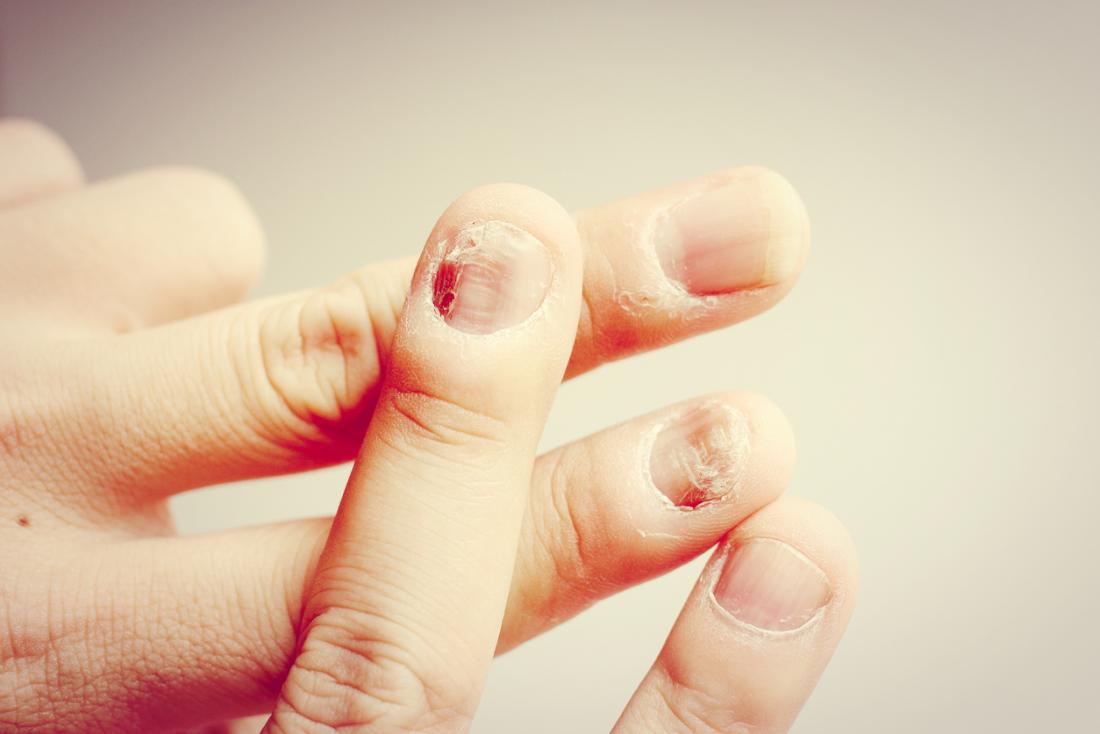



Nail Fungal Infection Causes Treatment And Symptoms
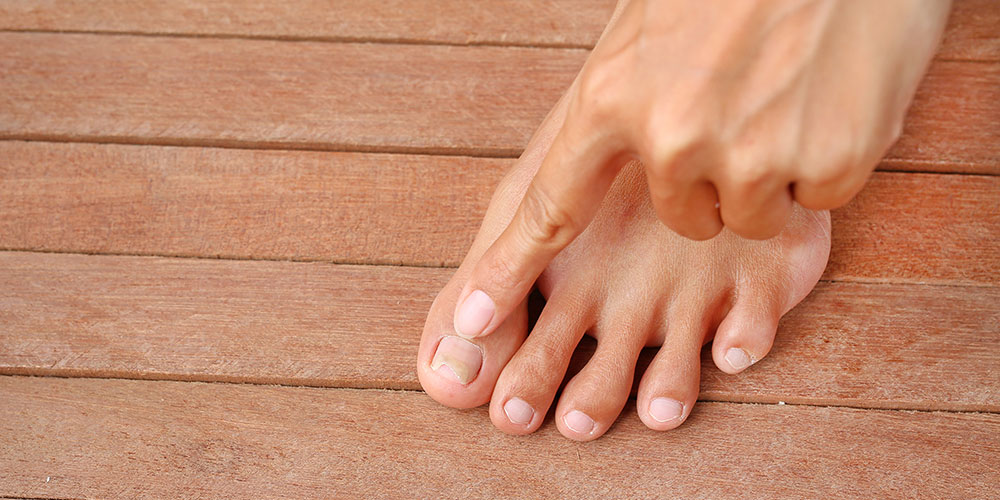



Paronychia Treating And Avoiding Annoying Nail Infections




Acute And Chronic Paronychia American Family Physician



0 件のコメント:
コメントを投稿